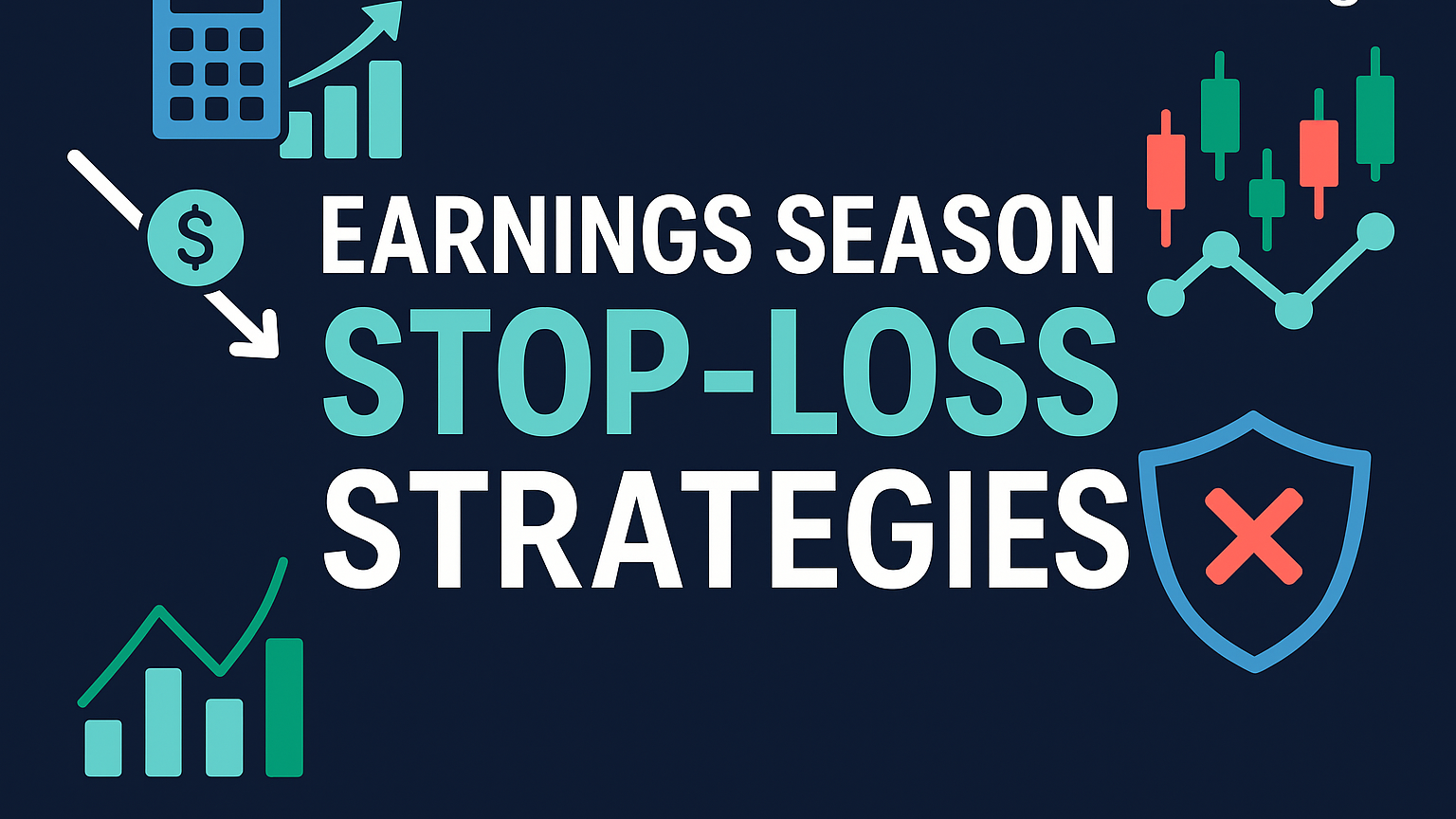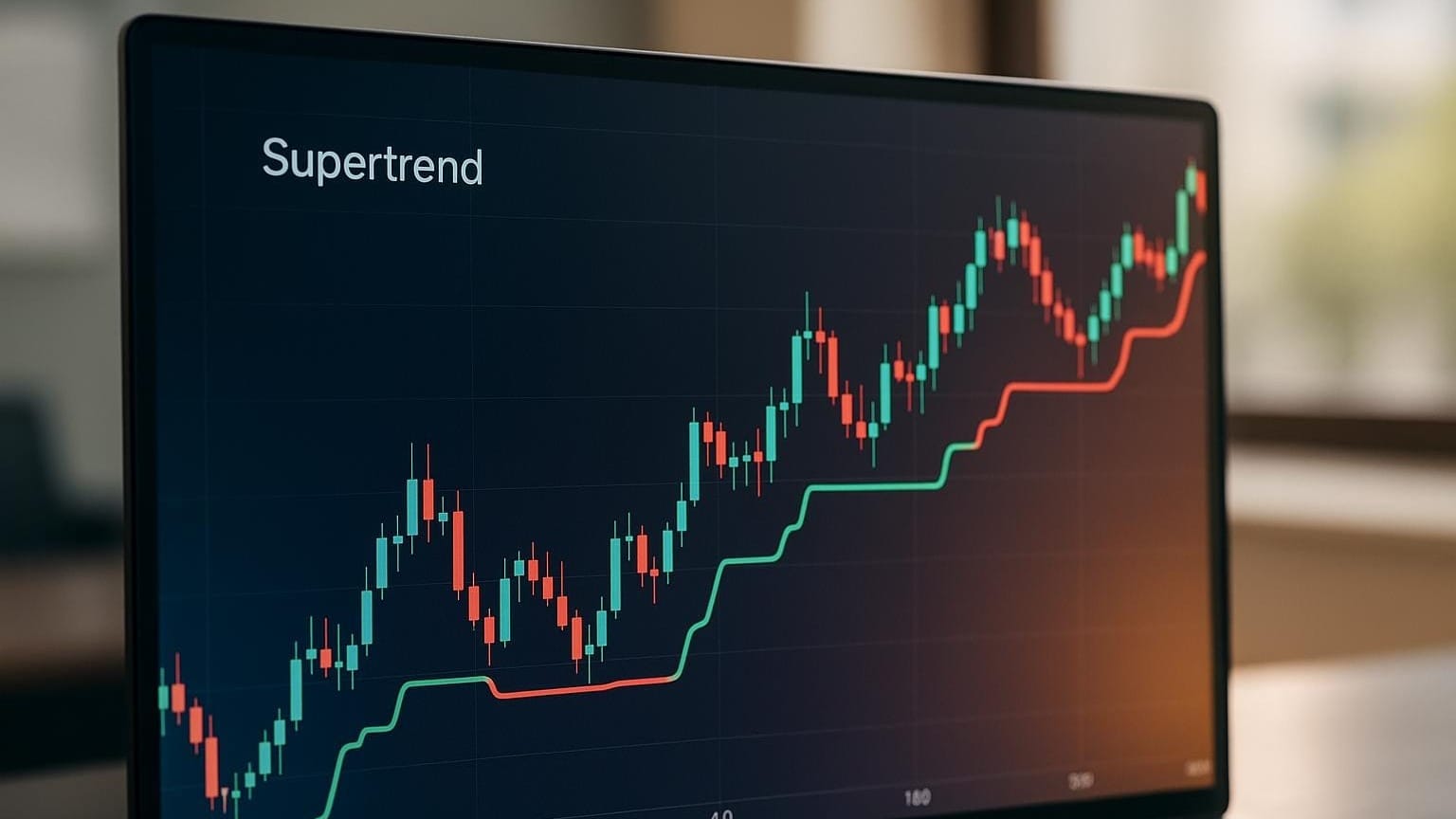Understand the critical differences between Buy to Open and Buy to Close orders in options trading to avoid costly mistakes.
In options trading, "Buy to Open" (BTO) and "Buy to Close" (BTC) orders serve different purposes. Misusing them can lead to costly mistakes. Here's what you need to know:
-
Buy to Open (BTO): Use this to start a new long position (call or put options).
Example: Buy a call option if you expect a stock's price to rise.- Risk: Limited to the premium paid.
- Reward: Potential for profit if the market moves in your favor.
-
Buy to Close (BTC): Use this to exit an existing short position.
Example: Repurchase an option you sold to lock in profits or limit losses.- Risk: Reduces exposure to potentially unlimited losses.
- Reward: Secures gains or minimizes risks.
Quick Comparison
| Objective | Order Type | Purpose | Risk |
|---|---|---|---|
| Open a long position | Buy to Open | Start a new long position | Limited to premium paid |
| Close a short position | Buy to Close | Exit an existing short position | Prevents unlimited losses |
Key Tip: Always double-check your order type, position details, and market conditions before placing trades. Missteps like using BTO instead of BTC can lead to unintended positions or losses.
Buy to Open and Buy to Close Options Terminology ...
1. Buy to Open Orders
A Buy to Open order is used to start a new long options position.
When to Use Buy to Open Orders
Traders typically place Buy to Open orders in these situations:
- Bullish Expectations: Purchasing call options to profit from an expected price increase.
- Hedging Against Losses: Buying put options to protect a portfolio from potential market declines.
Example: Imagine a trader believes Stock Q will rise in value. They purchase a call option with a \$120 strike price. If the stock’s price increases, they can either exercise the option or sell it for a profit.
Key Benefits and Risks
Buy to Open orders come with several advantages:
- Limited Risk: The maximum loss is the premium paid.
- Leverage: Control a larger position with less capital.
- Adaptability: Choose between calls or puts to match market conditions.
However, it’s important to remember that options can expire worthless, so careful planning is essential.
Tips for Order Entry
Before placing a Buy to Open order, follow these steps:
- Check the option contract details.
- Ensure the "Buy to Open" option is selected.
- Confirm the strike price and expiration date.
- Make sure the premium aligns with your risk tolerance.
While these orders can open doors to profit, they also carry risks. Use appropriate position sizing and select contracts wisely.
Next, we’ll look into Buy to Close orders, which are the counterpart to Buy to Open orders in options trading.
2. Buy to Close Orders
A Buy to Close order is a strategy used by options traders to exit an existing short position by repurchasing the option they previously sold.
How Buy to Close Works
When you execute a Buy to Close order, you effectively close out your short position in the option. This is done by buying back the same contract you initially sold.
When to Consider Buy to Close Orders
Here are some common scenarios where a Buy to Close order makes sense:
- Locking in Profits: If the value of your short options position has dropped, buying it back at a lower price allows you to secure profits. For example, if you sold a put option for \$5.00 per contract and it’s now trading at \$2.00, using a Buy to Close order would net you a \$3.00 per contract profit.
- Limiting Losses: When the market moves against your position, a Buy to Close order can help minimize losses before they grow further.
- Adjusting Your Strategy: Changing market conditions might prompt you to close a short position and reallocate capital to new opportunities.
Steps for Executing a Buy to Close Order
To execute a Buy to Close order effectively:
- Confirm the contract details, including the underlying asset, strike price, and expiration date.
- Check the current market price to ensure it aligns with your profit or loss targets.
- Factor in transaction costs and commissions to understand the true impact on your returns.
Risk Management Tips
Following these guidelines can help you avoid common pitfalls:
- Limit your exposure by risking no more than 1-3 percent of your total capital on a single trade.
- Use stop-loss orders to control potential losses.
- Keep track of expiration dates to avoid being assigned on short options.
- Be mindful of implied volatility, as inflated premiums could make buying back options more expensive.
Timing Matters
The timing of your Buy to Close order can significantly impact its success. Factors to consider include:
- The remaining time value of the option.
- Current market volatility levels.
- Your personal risk tolerance and trading goals.
Options tend to lose value more quickly as they approach expiration, which can work in your favor or against you, depending on the situation.
Advantages and Limitations
Understanding the pros and cons of BTO (Buy to Open) and BTC (Buy to Close) orders is essential for making smart trading decisions.
Benefits and Drawbacks
| Aspect | Buy to Open (BTO) | Buy to Close (BTC) |
|---|---|---|
| Primary Purpose | Opens new long positions | Closes existing short positions |
| Main Advantage | Offers potential for high rewards with controlled risk | Helps limit losses in short positions |
| Risk Profile | Risk is limited to the premium paid | Prevents potentially unlimited losses from short positions |
| Time Decay Impact | Works against the position | May benefit from prior time decay |
| Position Control | Provides strategic options | Focuses on managing and closing risk |
| Market Conditions | Can be restricted by exchanges | Typically available for closing positions |
Strategic Considerations
BTO orders can also serve as hedging tools when integrated into a larger trading strategy. They offer flexibility for both aggressive and protective approaches in the market.
Market Access Limitations
Exchanges may impose restrictions on BTO orders in specific scenarios, such as:
- Stocks nearing delisting
- Trading halts
- Periods of extreme market volatility
Advanced Applications
For experienced traders, combining BTO and BTC orders can unlock strategies like spreads, hedges, and profit-taking setups. Success with these approaches hinges on precise timing and understanding market dynamics.
Preventing Order Entry Mistakes
Avoiding order entry mistakes is key to protecting your trades. Here’s a practical guide to help you handle Buy to Open (BTO) and Buy to Close (BTC) orders with care.
Pre-Trade Verification System
Before placing any order, double-check these steps:
-
Position Status Check
- If opening a new position, ensure no existing option holdings conflict.
- For closing trades, confirm the position size and type match your intentions.
-
Order Details Verification
- Check the option contract details like strike price and expiration date.
- Confirm the order type (limit or market), the number of contracts, and the order duration (day order or Good-Til-Canceled).
Once these basics are squared away, review the common mistakes below to avoid unnecessary errors.
Common Pitfalls and Solutions
| Error Type | How to Avoid It | Helpful Tips |
|---|---|---|
| Fat Finger Trades | Double-check all numbers | Set price alerts for unusual entries |
| Market Maker Baiting | Stick with limit orders | Set firm price limits and avoid chasing prices |
| Strike Price Errors | Carefully review the option chain | Compare strikes to the current price of the underlying asset |
| Time Pressure Mistakes | Plan trades ahead of time | Avoid rushing decisions during volatile markets |
Incorporating these strategies into your routine can help you trade with more confidence.
Morning Checklist
Start your trading day by following these steps:
- Review open orders using your platform's daily tools.
- Cancel any leftover overnight market orders.
- Cross-check your position sizes against your trading plan.
Risk Management Protocol
A solid risk management plan is essential to minimize losses.
-
Practice with Paper Trading
Test new strategies using paper trading. Document your entry and exit points to spot potential issues before committing real money. -
Control Position Sizing
Set firm limits on:- Maximum trade size
- Total portfolio exposure
- Risk per strategy
Technical Safeguards
Leverage your trading platform’s built-in tools to reduce errors:
- Set price alerts for key levels.
- Enable confirmation dialogs before submitting orders.
- Use position limits to control exposure.
- Save time with pre-set order entry templates.
Professional Tips from Experienced Traders
Here’s what seasoned traders recommend:
- Avoid using market orders at the opening bell.
- Create and stick to standardized checklists.
- Review your trades daily to refine your process.
- Analyze your mistakes to learn and improve.
Options trading demands patience and precision. Waiting for the right setup instead of forcing trades helps maintain discipline and long-term success.
Conclusion
Grasping the differences between Buy to Open (BTO) and Buy to Close (BTC) orders is crucial for effective options trading. These orders serve distinct purposes, each with a direct impact on your trading outcomes.
Strategic Applications
BTO orders are used to establish long positions, while BTC orders close existing short positions. Choosing the right order type is essential for executing a well-thought-out trading strategy.
Order Selection Guide
| Objective | Order Type | Key Consideration |
|---|---|---|
| Open a Long Position | Buy to Open | Results in a net debit |
| Close a Short Position | Buy to Close | Generally results in a net debit |
| Hedge a Portfolio | Buy to Open | Focus on risk management |
| Take Profits | Buy to Close | Factor in time decay |
This table highlights how different objectives align with specific order types, emphasizing the importance of careful pre-trade planning.
Key Factors for Success
- Position and Strategy Alignment: Determine whether you're opening or closing a position and ensure it aligns with your overall trading plan.
- Market Timing: Consider the impact of time decay. While sellers often benefit from time decay, BTC orders can lock in profits or minimize losses when needed.
Precision and discipline are the cornerstones of successful options trading. By mastering the use of BTO and BTC orders, traders can approach the market with clarity and execute their strategies effectively.
FAQs
What is the difference between 'Buy to Open' and 'Buy to Close' in options trading?
'Buy to Open' is used when you want to open a new position in options trading, such as purchasing a long call or long put. This order establishes your initial position in the market.
On the other hand, 'Buy to Close' is used to close an existing short position, such as when you've previously sold a call or put option and now want to exit that trade.
Understanding when to use each order type is essential for avoiding costly mistakes and ensuring accurate execution of your trading strategy.
What are the best ways to avoid mistakes when using 'Buy to Open' or 'Buy to Close' orders in options trading?
To avoid mistakes with 'Buy to Open' and 'Buy to Close' orders, start by understanding their distinct purposes. 'Buy to Open' is used to establish a new position, such as purchasing a call or put option, while 'Buy to Close' is for closing an existing short position. Misunderstanding these terms can lead to costly errors.
Before placing an order, double-check all details, including whether you're opening or closing a position and the direction of your trade (buying or selling). Using limit orders can also help you control the price you pay or receive, reducing the risk of unfavorable fills. Finally, stay patient and stick to your trading plan, emotional decisions often lead to mistakes. By carefully reviewing your trades and managing risk, you can execute orders with confidence and precision.
How can I manage risk effectively when using 'Buy to Open' and 'Buy to Close' orders in options trading?
To manage risk effectively with 'Buy to Open' and 'Buy to Close' orders in options trading, start by understanding that 'Buy to Open' is used to initiate a new position, while 'Buy to Close' is used to exit an existing short position. Misunderstanding these terms can lead to costly errors.
Plan your trades carefully by setting clear entry and exit strategies. Limit your risk by never risking more than 1-3 percent of your total capital on a single trade, and consider using stop-loss orders to cap potential losses. Additionally, monitor time decay (Theta), which can erode the value of options as expiration approaches, and stay aware of other key option metrics like Delta and Vega to better understand how your position might respond to market changes.
Finally, adapt your strategy to market conditions, such as volatility, and set realistic profit targets alongside predefined loss limits. These steps can help you trade with more confidence and precision while minimizing unnecessary risks.








